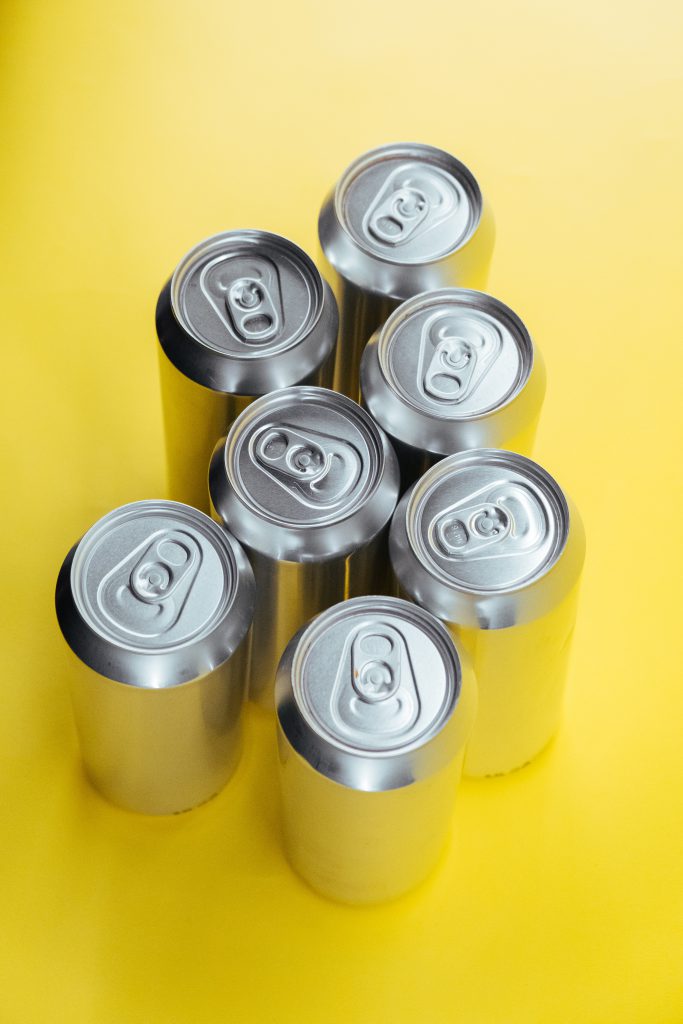Commodity price inflation? Not much of a worry for Hindalco

Update on the Indian Equity Market:
On Monday, Nifty ended at 16,843 (-3%), a fall of 531 points due to fear of rising inflation, oil prices and aggravating geopolitical uncertainties among Russia & Ukraine. Among the sectoral indices, PSU BANK (-6.0%), REALTY (-5.3%), METAL (-5.1%) were the top losers. In NIFTY 50, except TCS (+0.9%) all the other 49 stocks fell with JSWSTEEL (-6.5%), HDFCLIFE (-6.4%) & TATASTEEL (-5.7%) being the top losers.
Hindalco released its 3QFY22 results on 10th February. Following are the excerpts from an interview with Mr. Satish Pai, MD of Hindalco Industries (HINDALCO) with The Economic Times on 11th February 2022:
- On a standalone basis, Hindalco Industries’ India Aluminium business reported its highest ever EBITDA of Rs. 33,640mn and 41% EBITDA margin.
- On the back of favorable macros, with commodity price inflation affecting it in both ways, the price of aluminum has been higher and the input cost inflation was kept under control by holding inventory and doing upfront procurement.
- In 4QFY22, the company expects to maintain the margins as the aluminum prices are already at $3,000 per tonne, up from about $2,670 per tonne in Q3. Furthermore, the company expects cost inflation to flatten out in the second half of CY2022.
- The company expects the prices of aluminum and copper to remain at the existing elevated levels at least for this calendar year. This is largely due to the European energy crisis driving up gas prices further resulting in a rise in aluminum prices.
- On the demand side, the growth drivers for aluminum and copper will be electric vehicles, solar panels, the housing sector, packaging. Looking at the stronger demand, the company is planning to ramp up capacity. Novelis, the American subsidiary, which is in the business of aluminum, volumes will be around 4mn tons per year. India will be producing about 1.3mn tons of aluminum and about 500,000 tons of copper.
- The company significantly reduced its consolidated debt from Rs.538bn last year to Rs.437bn as of December 2021 end. The company is not planning for further deleveraging, after the repayment of Rs.6bn worth of bonds in 1QFY23. It is focused on putting the cash to use by doing organic capex projects.
Asset Multiplier Comments
- The price of aluminum is likely to remain elevated from a short supply due to carbon emission-related concerns in China and smelter disruptions. But a quick resolution to the European crisis may lead to a major correction in aluminum prices as a result of correction in energy prices in Europe.
- Looking beyond the short-term uncertainties, the medium to longer-term structural demand for aluminum will remain strong on the back of good demand for aluminum automotive sheets, aluminum beverage cans, and pent-up demand from the aviation industry.
- Hindalco being the largest secondary aluminum producer and the largest aluminum recycling company in the world, is likely to be better positioned to digest the input cost inflation without taking a substantial hit on the margins.
Consensus Estimate (Source: Marketscreener & TIKR websites):
- The closing price of HINDALCO was Rs. 520/- as of 14-February-2022. It traded at 9.8x/9.1x/8.8x the consensus earnings estimates of ₹ 53/57/59 for FY22E/FY23E/FY24E respectively.
- The consensus target price of ₹ 640/- implies a P/E Multiple of 10.8x on FY24E EPS estimate of ₹ 59/-
Disclaimer: “The views expressed are for information purposes only. The information provided herein should not be considered as investment advice or research recommendation. The users should rely on their own research and analysis and should consult their own investment advisors to determine the merit, risks, and suitability of the information provided.”
